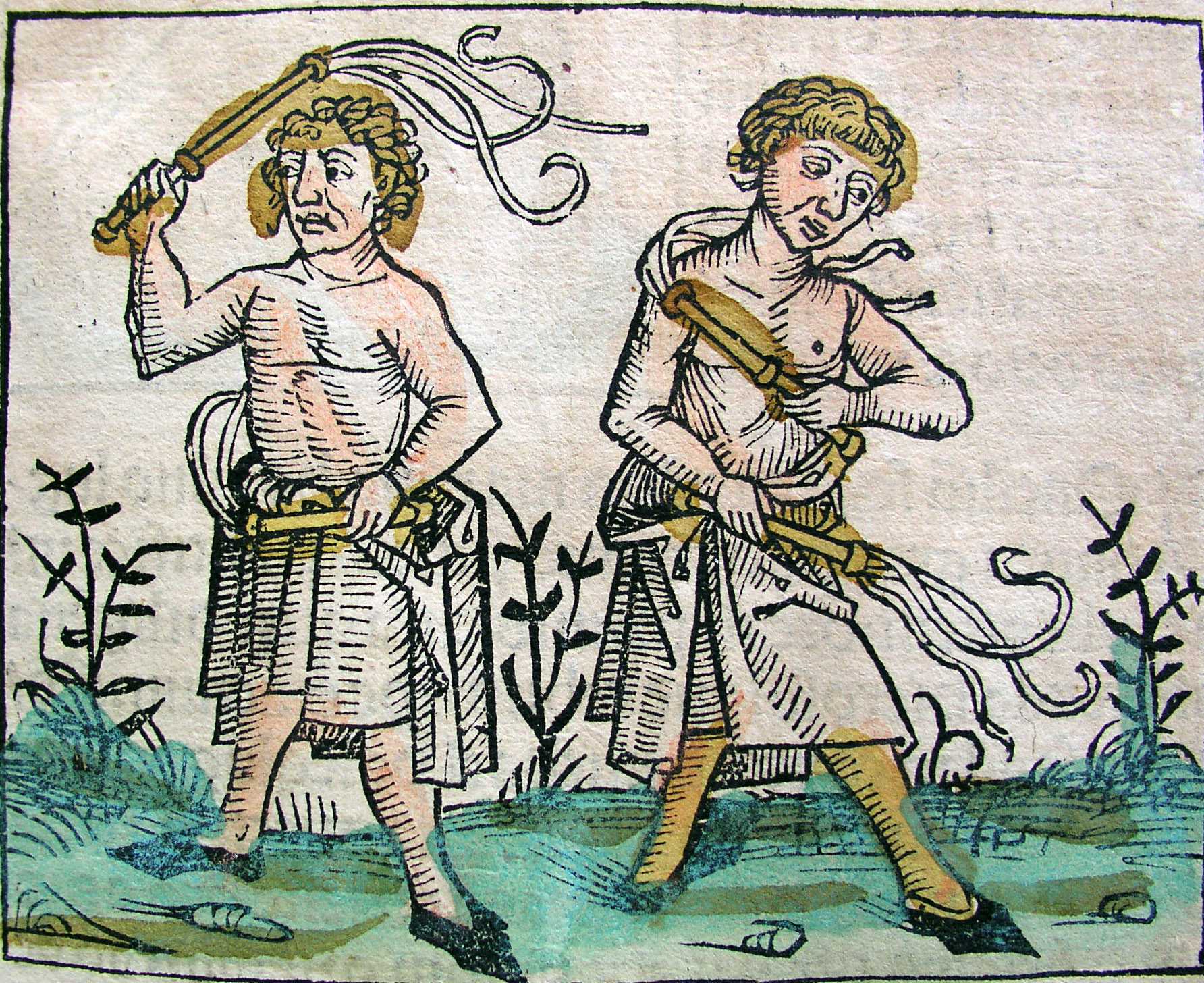To celebrate the new semester, I thought that it would be fitting to dive into a classic zoonotic illness, dating back to over 2,000 years ago: the plague. Caused by Yersinia pestis, a bacteria primarily spread via the bites of infected fleas, it is well known for some of its most deadly pandemics.

The first that comes to mind is the Black Death, which struck during the 14th century. During this outbreak, which was presumably initiated by bacteria brought on ships from the Black Sea, it was estimated that approximately ⅓ of Europe’s population was wiped out. This notable pandemic is also often cited as the potential inspiration for the nursery rhyme “Ring Around the Rosie,” though this interpretation is controversial and deemed a legend based on inconsistencies among the many variations of the folksong.
During both this pandemic and many of the preceding and subsequent ones, there was little knowledge about how the disease was spread, or about the mechanisms it worked by. As a result, the treatments were varied, with many of the classic archaic methods such as bloodletting (to balance the patient’s “humors,” or bodily fluids) and boil-lancing making appearances. However, these strategies were likely more harmful than helpful. Superstitions also played a major role, with some opting to burn aromatic herbs or bathe in rosewater and vinegar as treatment. Furthermore, the religious interpretation of the events as an act of God partially determined peoples’ actions. One of the most intriguing examples was the Flagellants, a group of religious individuals that traveled together to towns and underwent severe public whippings with the goal of repentance.

Ultimately, these religious beliefs would also lead to even more suffering at a time when many were already facing loss. Some individuals carry a recessive Familial Mediterranean fever mutation, granting them natural immunity from the plague. In particular, this gene is prominent among those of Jewish descent, which would lead to them dying at lower rates. In turn, this fueled already strong prejudices and gave some twisted justification for others to massacre the perceived “heretics.”
Also, many parallels can be drawn between historic plague outbreaks and the ongoing COVID-19 pandemic. For example, infected individuals who opted to self-isolate during the Great Plague of London from 1665-1666 were praised for their good citizenship. From the Black Death itself, we gain the term “quarantine,” which referred to the practice of having sailors remain on their ships for 40 days before they could enter a city (in order to ensure that they were not ill). The various pandemics also often had economic tolls, with stores shutting down and the disease even causing a wool shortage, as Y. pestis can also infect sheep.

In the present day, we have little reason to worry about the plague. While it does still exist, causing several thousand cases worldwide each year, it can be treated easily with antibiotics if it is caught in the early stages of disease. In the United States, there are only around seven cases annually, with many occurring in the Southwest (due to the higher rodent population, as mentioned in my earlier post on hantavirus). Additionally, the Y. pestis bacteria dies easily with exposure to sunlight, making fomite transition unlikely. Thus, there is a very low risk of contracting the plague in the modern world.
In closing: wash your hands, wear a mask, and stay away from rats (again)!
.
References
“Black Death.” History, A&E Television Networks, 6 July 2020, www.history.com/topics/middle-ages/black-death. Accessed 13 Jan. 2022.
“Plague.” World Health Organization, 31 Oct. 2017, www.who.int/news-room/fact-sheets/detail/plague. Accessed 13 Jan. 2022.
Ries, Julia. “Yes the Bubonic Plague Is Still Around, Why You Don’t Need to Worry.” Healthline, Healthline Media, 7 July 2020, www.healthline.com/health-news/seriously-dont-worry-about-the-plague. Accessed 13 Jan. 2022.
Roos, Dave. “How 5 of History’s Worst Pandemics Finally Ended.” History, A&E Television Networks, 4 Mar. 2021, www.history.com/news/pandemics-end-plague-cholera-black-death-smallpox. Accessed 13 Jan. 2022.
I really like your titles, they are so intriguing and creatively worded. It is really interesting how cures for diseases completely changes the societal attitudes toward them, like how the Black Plague was devastating in the past and killed so many people but today it is largely eradicated and not a big deal. It makes me wonder what the prognosis is for the pandemic we are facing right now.
Hi Jasmine! Although I have never heard of Yersinia pestis, I have heard of the Black Death! I guess I should be thankful that the only “plague” I have to worry about at the moment is COVID. I also cannot imagine quarantining myself on a ship for 40 days. The Black Death sounds terrifying, and those rats and dated “treatments” surely would not help my mentality, either. I am very glad that the plague has since become much, much less of a threat. As a biology-oriented individual, I approve of this post and am looking forward to the next one.
Nothing yells the beginning of the semester like the plague! I love science and history and find great interest in the black plague. The way they responded to the sickness is disturbing. It is interesting how much modern science and discoveries have shaped our safety and responses to illness. We think COVID is terrible, which it is, but the black plague killed drastically more people and they did not understand why. I do not understand how people thought bloodletting was a good idea, but apparently there are a few benefits. I read a book on people who have an iron disorder still practice bloodletting or else their blood literally turns into rust. Well done, this was very interesting!